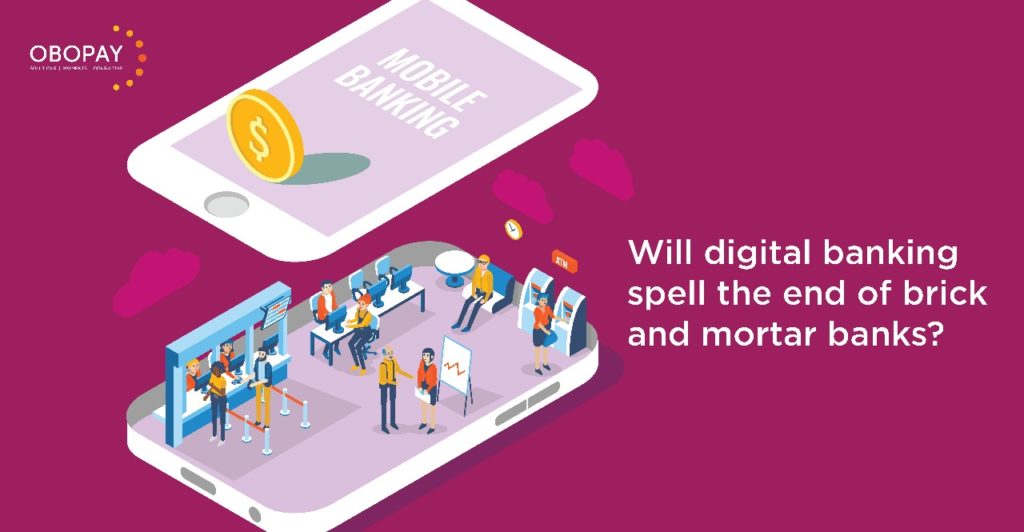
Ironically, modern technology can sometime end up revitalizing age-old tradition.
Take the instance of an ancient burial custom in rural Zimbabwe. The practice involves neighbours making contributions to funerals to that the bereaved give a decent funeral to the deceased. These contributions are poignantly called “chema”, which translates to “tears”.
In today’s world, chema has become easier to collect. One way is international remittance platforms which help millions of Zimbabweans who live away from their country to send chema to their home towns. There are also crowdfunding campaigns to collect chema.
Industry/market data/statistics
While chema is only one example of why people send money home, remittances play a significant role in financial inclusion and poverty reduction. An estimated 75% of international remittances are used for basic needs like food, shelter and bill payments. The remaining use them for long-term requirements like education, health, savings and investments.
The study “Sending Money Home: Contributing to the SDGs[1]” by the UN International Fund for Aricultural Development states, “Remittance flows have grown over the past decade at a rate averaging 4.2% annually, from US$296 billion in 2007 to US$445 billion in 2016.” While these figures are for developing countries alone, the World Bank estimate for total global migrant remittance inflows in 2016 is US$575 billion[2].
This is a globalized world with increasing geographical mobility of people, and African countries see plenty of migration, with people emigrating out of their home countries for work and then sending money back home. Migration takes place both within the continent and to European countries and the US. According to the Sending Money Home report, Africa has 33 million migrants, with about one half remaining on the continent.
In 2016, Africa received US$60.5 billion in incoming remittances. According to the 2015 World Bank, incoming remittances to sub-Saharan Africa alone were estimated to be $33 billion, about 5.6% of total global remittances. And a lot of Africa’s remittance inflows are from within the continent. The Kenya-Uganda remittance corridor itself sees a volume of around $142 million annually, and OBOPAY has already made its presence felt here with its solution, which is well-designed for cross-border transfers and can work with multiple currencies.
Some high-volume remittance corridors are shown in the table below.

Figure 1: Remittance Estimates for 2015 (World Bank)
These figures are only indicative of official flows. The unrecorded flows from informal channels are believed to be much higher than what is recorded.
As migration from less developed countries increases (it rose by a figure of 28% over the 2007-2016 period), and the average ticket size of the money transfers rises, the cross-border remittance market is set to rise manifold – the IFAD estimates that between 2015 and 2030, US$6.5 trillion in remittances will be sent to low- and middle-income countries.
Advantages of mobile remittances
How do mobile money remittances make life easier for the end user? From OBOPAY’s experience in deploying remittances solutions, our learning is that the most immediate benefit to users is that this is a less expensive channel. A 2015 World Bank estimate put the average cost of sending remittances worldwide at 7.45%[3] (of the transaction value), and in a mobile peer-to-peer transaction across international borders, this cost drastically comes down.
Another key advantage is that the mobile channel for international money transfers makes it possible for people in remote areas to receive money; and moreover, it eliminates the unregulated middleman from this transaction. The global boom in mobile phone ownership, telecom networks, and payments technology are all factors that will transform the way the unbanked interact with money, and also help cut costs.
Mobile money transfers are also convenient and secure, and are all the more useful for small amounts and for frequent usage.
Digitizing Remittances
What influences mobile money adoption in cross-border transfers? An obvious factor is the presence of proper regulation, and a strong mobile money market in both the sending and recipient countries. Also, people will choose the mobile money option in a remittance corridor only if it is cheaper than the alternative.
A less obvious factor influencing the success of mobile remittances is the range of use cases a recipient can perform with the money received (typically, the money is received into a stored value account, also referred to as a mobile wallet). Airtime and bill payments are two common needs that recipients of international remittances typically have. It is, thus, necessary that the receiving country have a extensive mobile money ecosystem, a vast network of merchants who accept mobile money as payments. Digitizing remittances would serve little purpose if the recipient had no means to convert digital money into either real cash or real value. Of course, it is preferable that the sending country have an equally extensive ecosystem. Conversely, countries that have a strong mobile money system should enable their residents to receive foreign remittances on mobile channels. OBOPAY is facilitating this right now in a few African markets. The OBOPAY platform has fully functional standard SOAP-based open APIs to cater to both inward and outward remittances. These include APIs to check FOREX rates, validate the beneficiary’s number, initiate international remittances, and to check the status of any past transaction.
Africa can pull off mobile-money-enabled cross-border remittances because of all the above reasons, plus the fact that there is interoperability among mobile money players in the continent. The African continent is just a case in point. There is a lot of potential that can be unlocked in this segment globally. When international money transfers are made this easy, this can also pave the way for more cross-border trade.
At OBOPAY, we are poised to meet the needs of the booming remittance market. With its versatile connector framework, OBOPAY’s solution Evolys can integrate with any third-party remittance switch/platform service provider with quick turnaround times. Credit goes to the in-house connector framework built for easy integration with any 3rd party system. The tried-and-tested platform can be integrated between any two MNOs (mobile network operators) in any two countries, as long as there is interoperability between the two and regulation in both countries permits this mechanism.
[1] https://www.ifad.org/documents/36783902/4a5640d9-e944-4a8c-8007-a1bc461416e6
[3] http://blogs.worldbank.org/peoplemove/digital-remittances-and-global-financial-health









About The Author: Obopay
More posts by Obopay